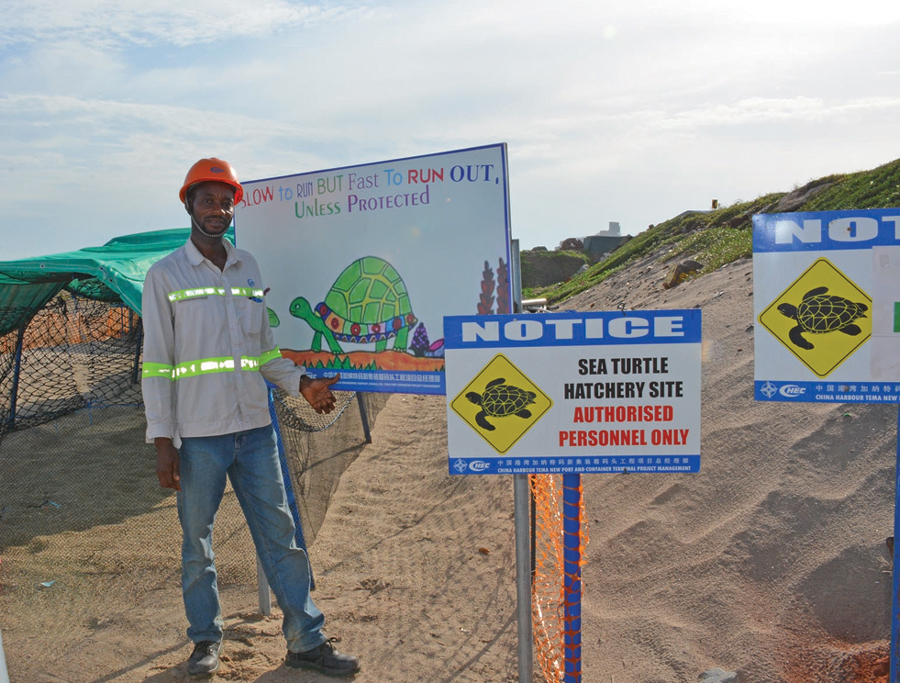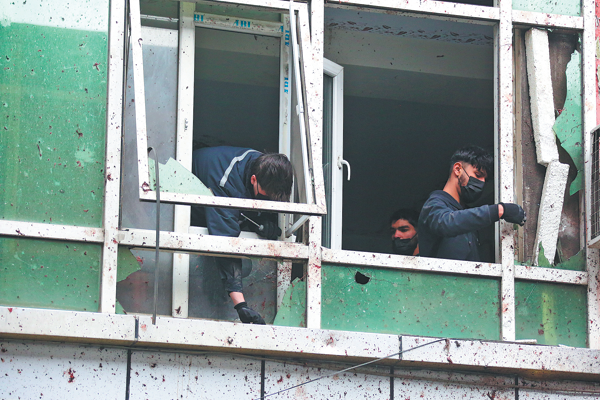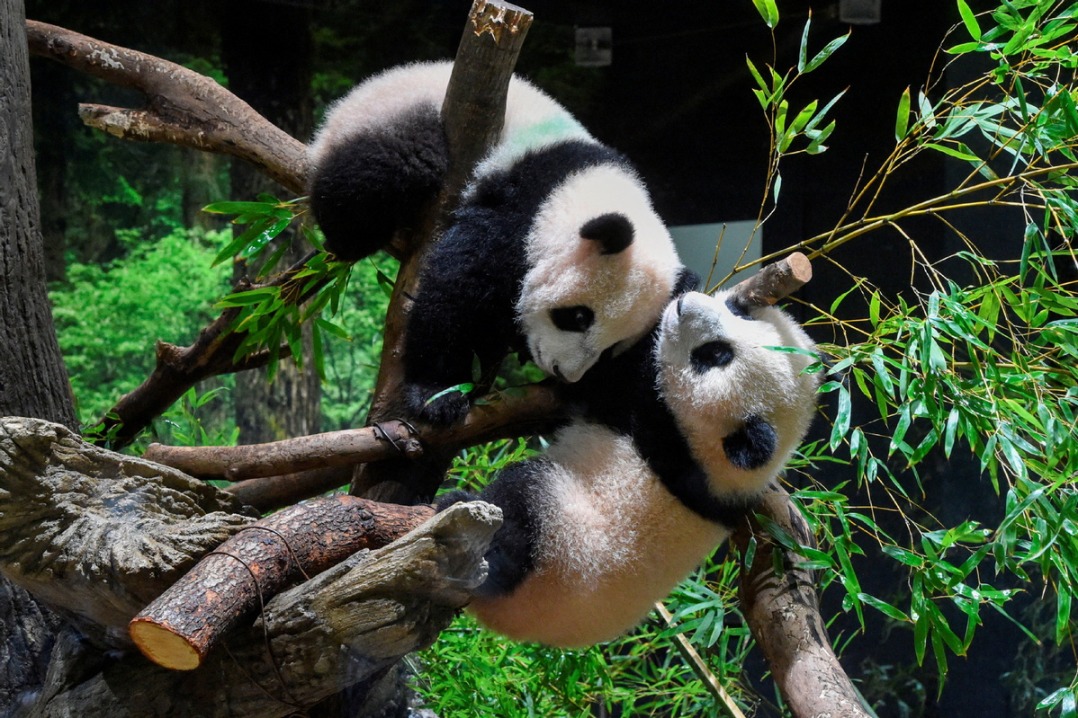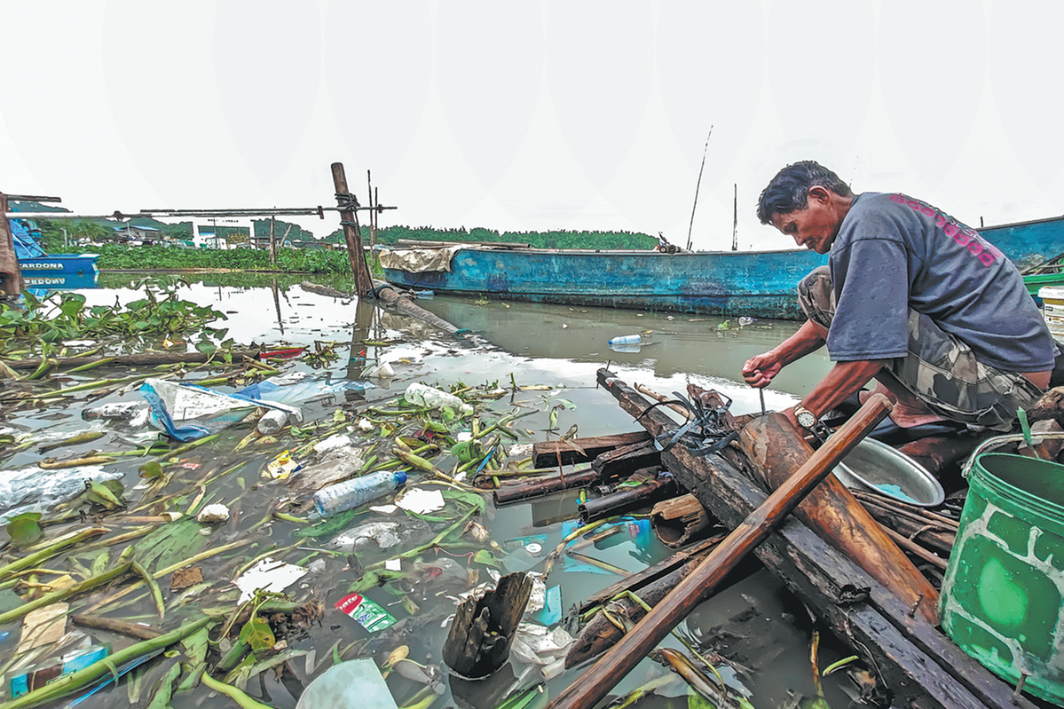Plan hatched to protect turtles


Yang Jianchong, the project's manager, says: "When we first arrived here, we found the eco-environment near the project to be very fragile. Fish and other aquatic life, such as sea turtles, are very sensitive to water and environmental conditions.
"Once the natural environment of aquatic creatures is hurt, it will eventually destroy the ecosystems of the Gulf of Guinea. If we did not protect biological diversity during our construction, some damage would be irreversible."
Chinese engineers formulated detailed plans to immediately protect the local biodiversity. They introduced special equipment to monitor marine animals and plants, created a team of volunteers and carried out activities to urge local people to pay more attention to the environment.
Their efforts were productive, though the broken sea turtle eggs on the beach saddened the engineers. "We have to figure out a way to protect our little neighbors," Yang says.
One day, Yang had an idea: Why not build a sea turtle hatchery on the beach and release baby turtles to the sea after they're hatched?
The idea gained support from Ghana Meridian Port Services Limited, as well as local turtle conservation organizations. The project management team quickly established a plan, including building a turtle hatchery, forming a turtle protection group and employing a local turtle conservation expert to lead the work.
One day in November last year, a long shelter made of green and orange sunshade net was set up on the beach. Inside the shelter, the sand formed many hills, some of which were surrounded by small bamboo cages. Each hill was numbered with a tag. A sign at the site says: "Sea turtle hatchery site. Personnel only."
A local man, Amen Abu, is among local staff members employed by the project management. With five years' experience working to protect turtles, he knows how to help turtles breed, and has been dubbed "the sea turtles' obstetrician".
One day, Amen Abu found a female sea turtle groaning on the beach. The 1-meter-long turtle was preparing to lay eggs, but a blockage in her body made the process difficult and painful. "The turtle needed some help, or both the mother and the eggs would be in danger," he said.
So he put on gloves and carefully moved close to the turtle and helped it until, finally, a big egg slid down onto the sand, followed by several more in sequence. Watching the mother turtle crawl toward the ocean, Amen Abu gave a sigh of relief.
Members of the turtle conservation collect eggs and send them to the hatchery site, where more than 10,000 turtle eggs can be hatched together. Newborn baby turtles like dark places, but the light of the port could make them lose their way to the sea, Amen Abu said. So conservation staff members escort the baby turtles to the ocean once they are hatched and free of their shells.
"It normally takes 45 to 60 days for a baby turtle to be hatched," he said. "We collected turtle eggs and buried them in the sand in sequence. We also made a record of the hatching time and monitored the eggs during the whole process."
Under his guidance, each member of the turtle conservation group learned how to protect turtles. More than 4,000 baby turtles have been hatched at the site and released to the sea.
The turtle conservation effort is just one example of Chinese construction personnel taking care of the environment, Yang says, adding that creating a green channel for marine life reproduction is part of building a better world.
For China Daily






























